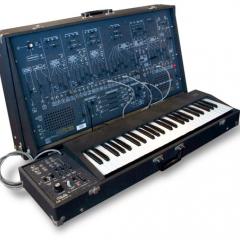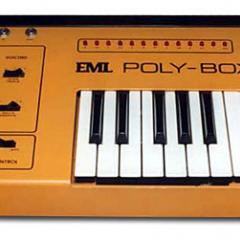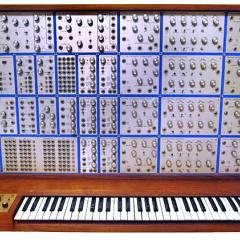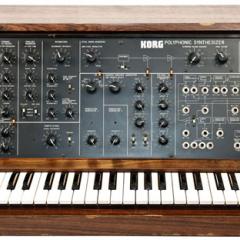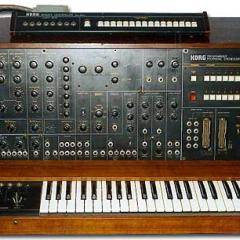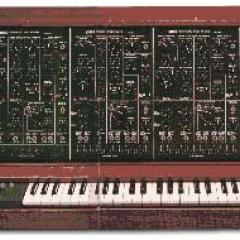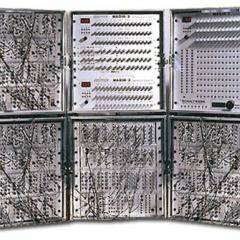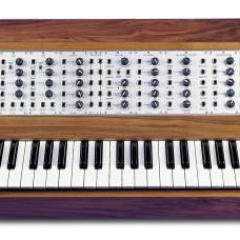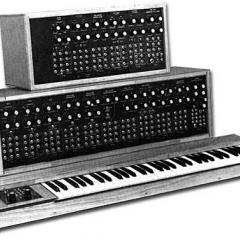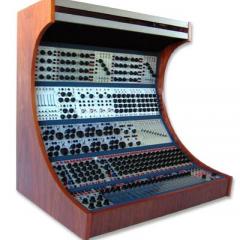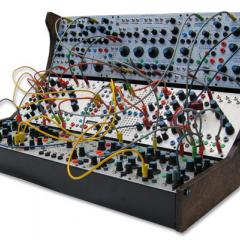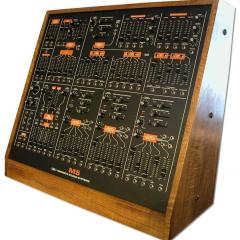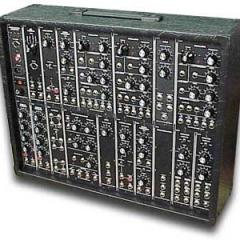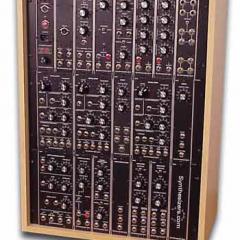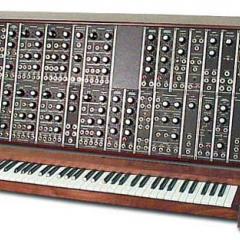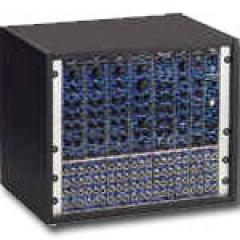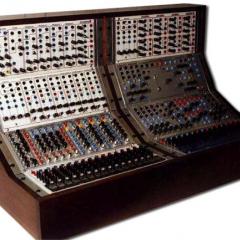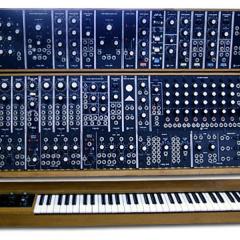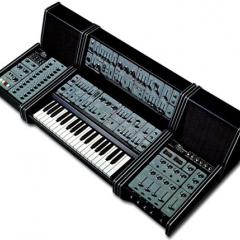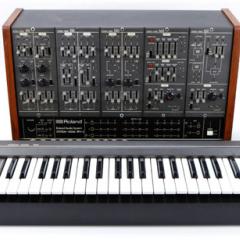Roland System 700
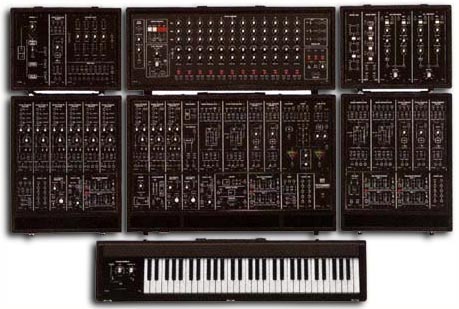
The System 700 was a great big modular analog synthesizer system from Roland. A major player in the modular synth market, it competed against monsters like the Moog Modulars and the ARP 2500 & 2600. A very fat sounding synth. Incredible flexibility and great sound and design. Unfortunately this synth requires a lot of knowledge about synthesis and signal flow in order to maximize its full potential. Truly a professional instrument, even by today's standards! It is used by Vince Clarke of Erasure, Human League, Richard Barbieri, Vangelis, Nitzer Ebb, Aphex Twin, Hans Zimmer, and Depeche Mode.
The System 700 consists of the Main Console (pictured center), the Keyboard Controller, and five optional "blocks" (pictured above surrounding Main Console). A complete system as pictured above has a total of 47 modules (see Tech. Specs for modules info). Most System 700s were sold in the following configuration blocks:
"Block 1" (Main Console): This is the Heart of the System, and it contains all the basic modules necessary for a professional system. It has 3 VCOs, 2 VCFs, 2 VCAs, 2 LFOs, 2 ADSR egs, Noise, Ring Mod, Voltage Processor, S/H, Envelope Follower, "Integrater" (Lag Processor), Mixer, 2 X 5 multiples, Headphone Monitor Module, and an Output Module, which includes Stereo VUs, a six-position test-tone, Phase Shifter, Spring Reverb, and voltage controlled Panning. Most common module connections (power, cv, gate) are made internally for easier patching.
"Block 2" (Keyboard Controller): The 61-key two-voice Keyboard with Portamento and Pitchbend controls.
"Block 3" (Sequencer): a 3 X 12 step sequencer with Pulse Shaper, Clock Oscillator, and Series / Parallel output sections.
"Block 4" (VCO Bank): 6 VCOs, a dual ADSR envelope generator, LFO, Sample and Hold, 2 X 5 Multiples, and a small Mixer.
"Block 5" (VCF/VCA Bank): 2 VCFs, 3 VCAs, 2 dual ADSR envelope generators, 2 X 5 Multiples, and a Gate Delay.
"Block 6" (Interface/Mixer): a Frequency-to-Voltage Converter Interface, a VCA, 9-channel Audio Mixer, and a Fixed Filter Bank.
"Block 7" (Phase Shifter/Audio Delay): a 2-channel Phase Shifter and a 2-channel Audio Delay, 4 input Analog Switch, and a (1X12, 1X4, 1X8, 3X4) multiple.
Blocks 3 through 7 were options and could be arranged by the original owners in any way. Roland also released a Lab version, the "Laboratory System 700", the size of one lower wing cabinet with 3 VCOs, ring mod, VCA, mixer, LFO, Sample & Hold, Dual Envelope Generator, and VCF. Full Systems can cost as much as $18,000 and the Lab System is between $3,500 to $4,000!
Demos & Media
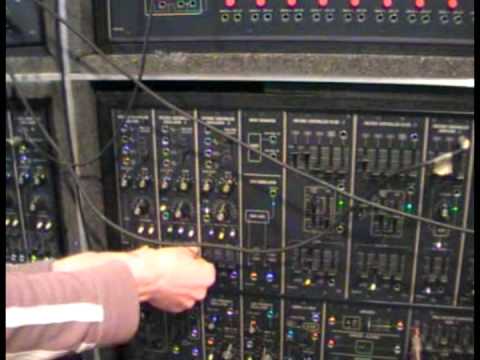
Specifications
702A,B,C,D,E: VCOs with four waveforms (sine, triangle, sawtooth, and rectangle), PWM, and range knobs (LO to 2'), and a pitch control (+-12 semi-tones)
702A: has a PWM input and slider, and LFO1 mod input is hard-wired
702B: has a hard-wired ADSR1 and LFO1 modulation inputs and sync
702C: has a Sample & Hold and LFO1 input and sync
702D: like A but with a socket instead of hard-wired mod inputs
702E: like B&C without the hard-wired inputs
708A: Noise and Ring Modulators
706A,B: LFOs (rate/delay)
709A,B: Sample & Hold Modules
703B,C,D: 12dB VCFs
703E,F: 24dB VCFs
715A: Multimode Filter, Mixer
704A,B,C,D: VCAs
705A: Dual Envelopes
707A: Envelope Follower
713A: Gate Delay
721B: 2-channel Audio Delay
710A,B: Multiples
711A: Output module (Stereo VUs, a six-position test-tone, a Phase Shifter, a Spring Reverb, and voltage-controlled Panning)
714B: Frequency-to-Voltage Converter, Envelope Follower
716A: Mixer
718A: Power Supply
723A: Analog Switch
Websites of Interest
Resources
Images from Kevin Lightner's Synthfool
Additional information supplied by Rod MacQuarrie and SynthMuseum.com.
